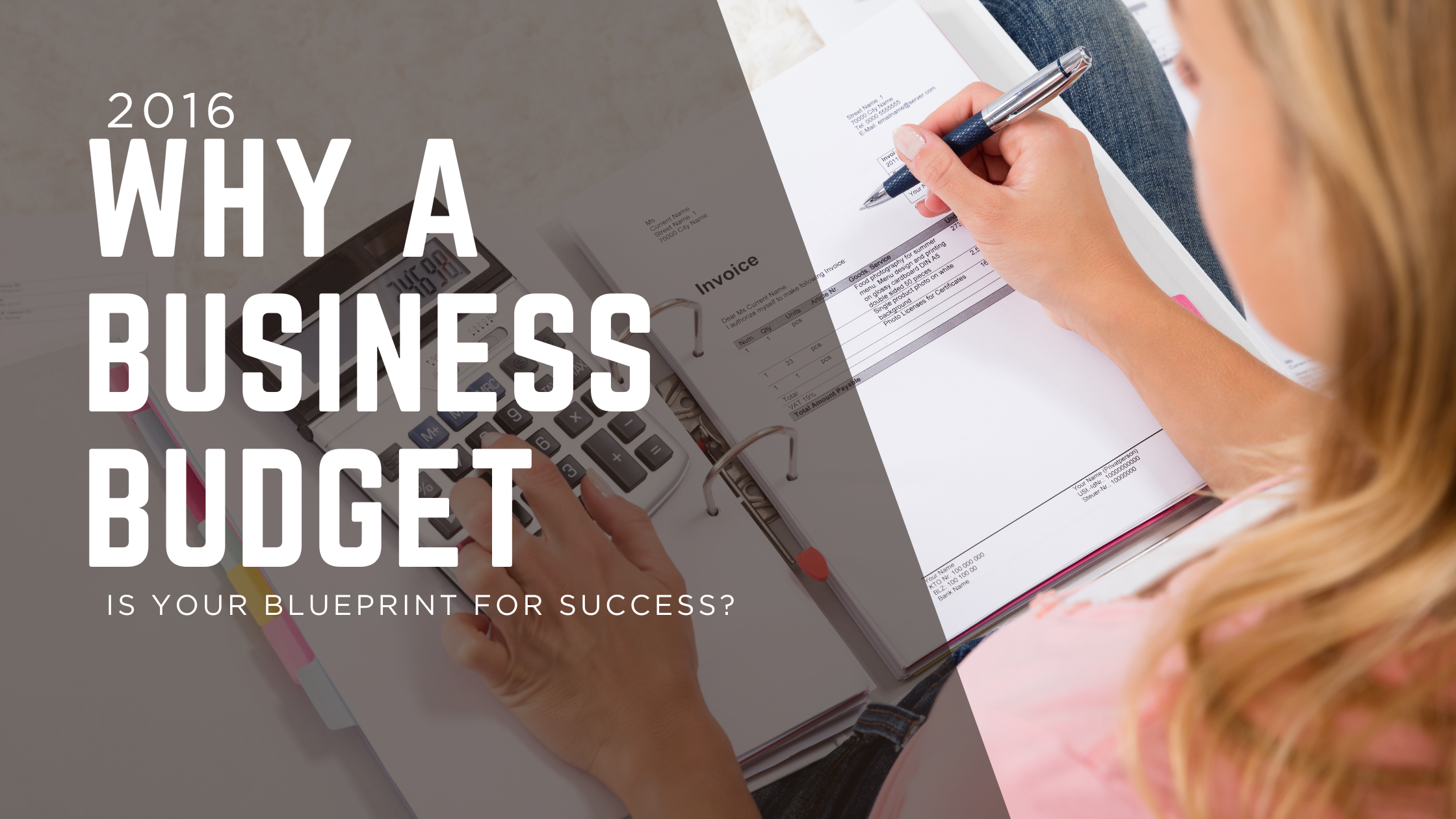
Last week, we discussed why a business budget is crucial. Now, let’s break down how to build one by examining the four basic components every entrepreneur needs to understand.
The Budget Equation Every Business Owner Must Know
Before we dive in, remember this fundamental equation that your budget operates on:
Now, let’s examine each component of this equation.
1. Sales & Revenue: The Cornerstone
These figures are your budget’s foundation. While you should aim for accuracy, it’s better to be conservative than overly optimistic.
- For existing businesses: Use last year’s actual sales figures as your starting point.
- For new businesses: Conduct thorough market research, consult with others in your field, or draw on previous industry experience.
Remember: While everyone wants sales to double each year, it’s more realistic to project modest, achievable growth.
2. Total Costs & Expenses: The Reality Check
Once you have sales estimates, calculate what it will cost to generate that revenue. Costs fall into two categories:
Fixed Costs
Expenses that remain constant regardless of sales volume:
- Rent or mortgage payments
- Leased equipment
- Insurance premiums
- Salaries (for non-commission staff)
Variable Costs
Expenses that fluctuate with your sales volume:
- Raw materials
- Inventory
- Production supplies
- Shipping costs
3. Profit: The Bottom Line
This is why you’re in business! Profit is what remains after subtracting costs from revenues.
Your profit projection helps you plan for:
- New equipment purchases
- Business expansion
- Additional staff
- Employee bonuses or raises
If profit projections are low, this is your signal to troubleshoot costs and identify areas for reduction.
4. Operating Expenses: The Nitty-Gritty Details
This is where you capture all business costs in one place.
- For startups: Brainstorm every possible expense. Consider consulting a financial professional to ensure you don’t miss anything.
- For existing businesses: Use your most recent financial statements as a guide.
Home-based business tip: Calculate the percentage of your living space used for business and apply that percentage to utilities, insurance, and other home expenses.
Setting Realistic Budget Targets
Start by developing a target for your sales revenues:
- New businesses: Estimate a realistic profit goal for the coming year and work backward. Check with local Chambers of Commerce to validate your figures.
- Existing businesses: Use your most recent financial statements as your baseline.
Remember: Budgeting Isn’t an Exact Science
Use realistic figures based on common sense. If you made $100,000 last year, projecting $1,000,000 next year isn’t realistic. A range of $80,000 to $120,000 is more reasonable.
Be prepared to adjust your budget as the year progresses. Economic changes or unexpected client wins may require revisions to keep your budget useful and accurate.
Why This All Matters
A well-crafted budget helps you understand your financial position, guides spending decisions, and ensures you’re working toward your business goals. Plus, bankers and investors will always want to see your budget when considering a loan—even if they’re friends or family.
“A wealthy person is simply someone who has learned how to make money when they’re not working.” – Robert Kiyosaki
Ready to create your business budget but need professional guidance? Contact us today for help building a financial plan that supports your growth goals.







